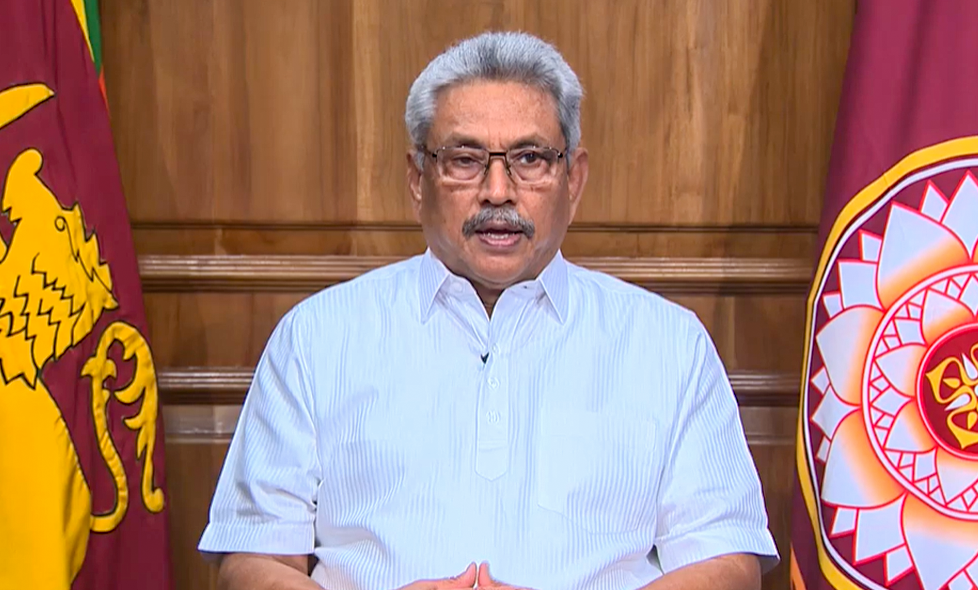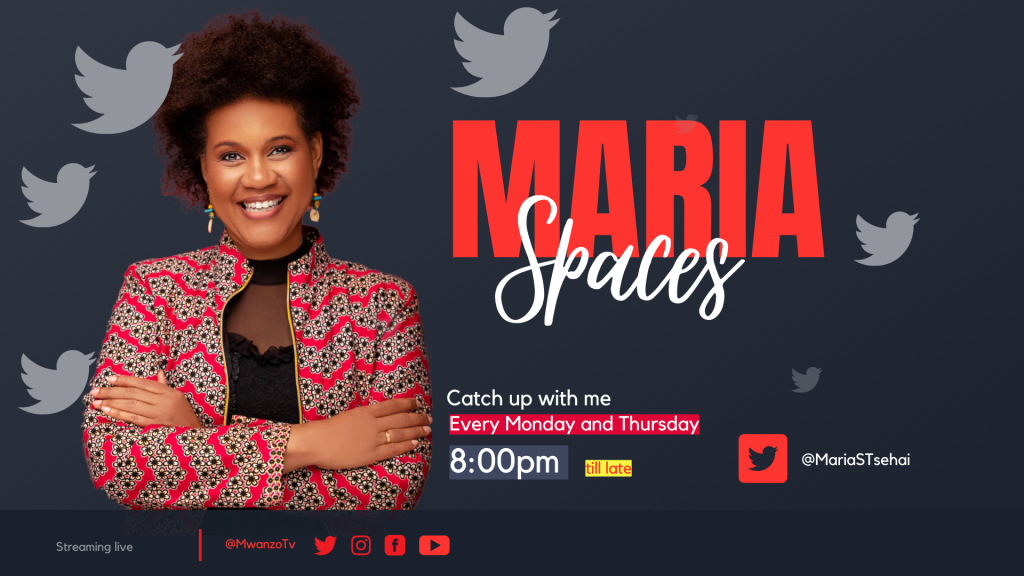
Sri Lanka has been plunged into political turmoil, with President Gotabaya Rajapaksa under pressure to resign as protests escalate over an economic crisis. The island nation of 22 million people is experiencing acute shortages of food, fuel and other essentials — along with record inflation and crippling power cuts, which have inflicted widespread misery in the most painful downturn since independence from Britain in 1948.
The South Asian country, which emerged from a devastating civil war in 2009 only to be rocked by Islamist bombings in 2019, has also been hard hit by the COVID-19 pandemic, which torpedoed its vital tourism sector.
Russia’s invasion of Ukraine has dealt a new blow to the tourism industry as the two European countries represented Sri Lanka’s first and third biggest sources of visitors in January.
Here is how the crisis has unfolded:
March 31: President’s home threatened

Hundreds of protesters, rallied by unidentified social media activists, try to storm the home of president Rajapaksa, demanding his resignation in a night of violence and anger at the economic crisis.
Police fire tear gas and water cannon and at least one man is critically injured.
The capital is placed under curfew.
April 1: State of emergency
As protests spread, Rajapaksa declares a state of emergency, giving security forces sweeping powers to arrest and detain suspects.
The state of emergency is for the “protection of public order and the maintenance of supplies and services essential to the life of the community”, Rajapaksa says in a proclamation.
April 2: Troops deployed, curfew
Sri Lanka declares a 36-hour nationwide curfew and deploys troops.
The order takes effect at dusk and was to be lifted on the morning of April 4, police say, a period that covers planned mass anti-government protests.
April 3: Cabinet resigns
The government briefly blocks access to social media before the ban is lifted following a ruling by the country’s Human Rights Council.
Almost all of Sri Lanka’s cabinet then resigns from their positions at a late-night meeting, leaving Rajapaksa and his brother Mahinda, the Prime Minister, isolated.
April 4: More resignations
Rajapaksa offers to share power with the opposition under a unity administration led by him and Mahinda, but is rebuffed.
Heavily armed security forces look to quell more demonstrations.
Trading is halted on Sri Lanka’s stock exchange.
The governor of the central bank, who had resisted mounting calls to seek an IMF bailout, also announces his resignation.
Former Sri Lankan cricket Test captain Mahela Jayawardene joins calls for government leaders to resign.
April 5: President loses majority
Rajapaksa’s problems deepen as finance minister Ali Sabry resigns just a day after he was appointed.
Rajapaksa then loses his parliamentary majority as former allies urge his resignation and demonstrations continue for a fifth straight day. He lifts the state of emergency.






